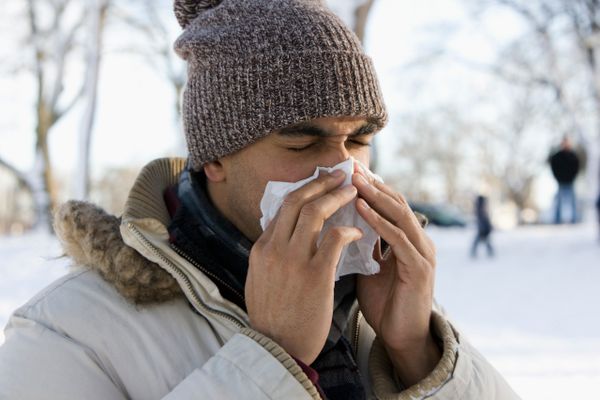Despite your best efforts to get a healthy amount of sleep every night, do you find you can't shake the dark circles under your eyes? Do you wake up every morning with a stuffy head, itchy nose and headache? It may not be a cold or flu; it might be allergies. You may be one of the roughly 20 million (or 10 percent of) Americans who are allergic to dust mites [source: Asthma and Allergy Foundation of America].
Dust mites are harmless. They are tiny white arachnids, eight-legged creatures like spiders and ticks. They don't bite or cause illness, like bed bugs or ticks can, and they're so tiny -- only about one-quarter to one-third of a millimeter in size -- you can't see them with the naked eye. In fact, if you aren't allergic to them, you might never know they live among us.
Advertisement
Dust mites live, just as you might guess, in dust particles. And because they're so small, between 100 and 500 -- and sometimes as many as 19,000 -- might be found in just one gram of dust [source: American College of Allergy, Asthma and Immunology]. They eat dead skin cells and dander that naturally sloughs off us and our pets (as well as other things found in dust, such as mold and pollen), reproduce a new generation about every three to four weeks and live for anywhere between one to three months. Because they absorb -- rather than drink -- water, they survive best in humid conditions, especially those right around 55 to 75 percent humidity, and warm-but-mild temperatures, ranging from 68 to 77 degrees Fahrenheit (20 to 25 degrees Celsius).
Let's look more deeply at dust mite allergies, what causes them and the symptoms you might expect.
Advertisement


